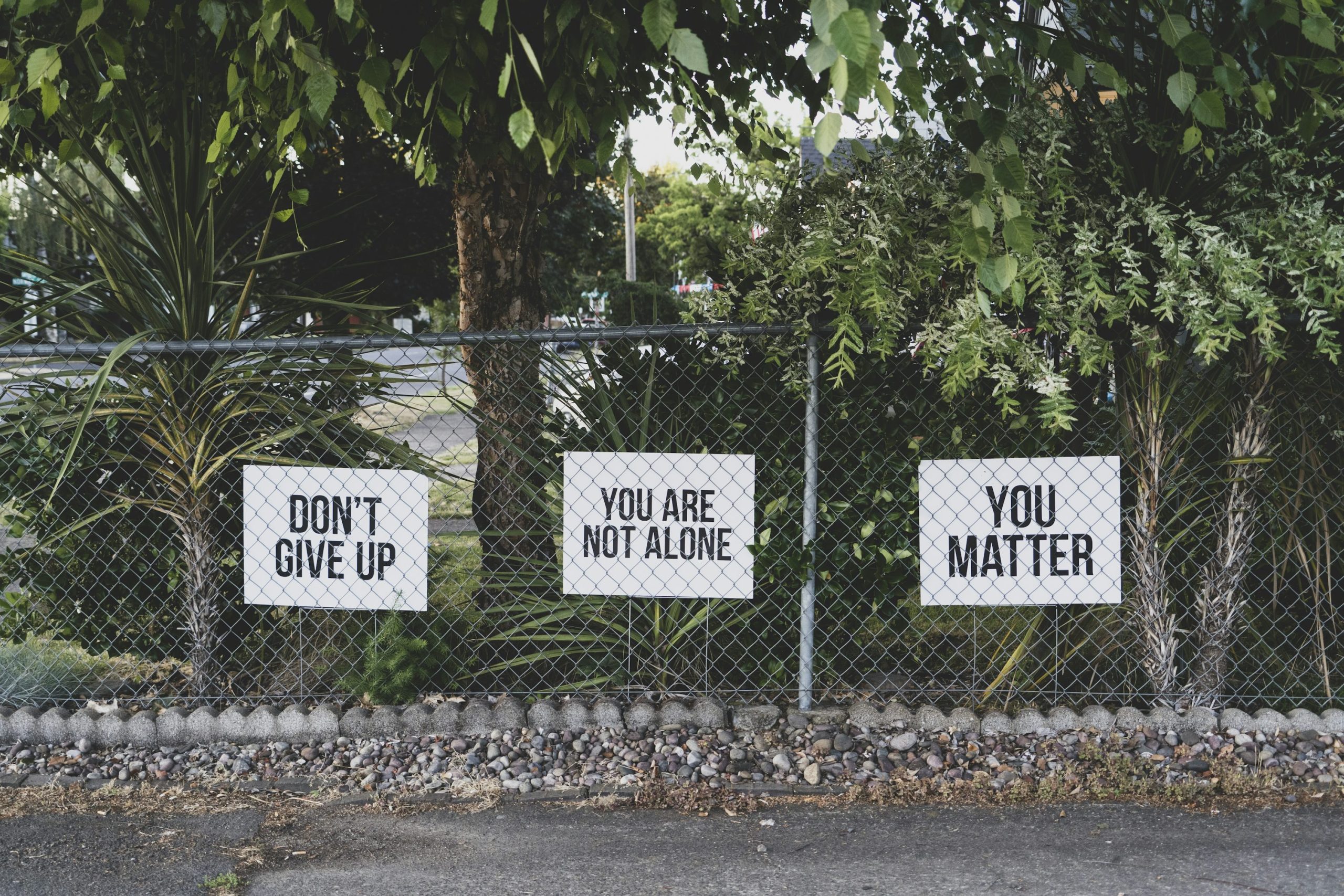Suicide Awareness: Spot the Signs; Save a Life

College students across the country face overwhelming stress, isolation, and mental health challenges. In fact, if you’re reading this at a college with 10,000 students, around 1300 of your peers have likely contemplated suicide in the past year alone. These are sobering statistics, but they underscore a critical point: suicide is a public health crisis that touches many lives, often more than we realize. In fact, the CDC estimated that in the United States, over 13 million individuals contemplated suicide in 2022 with nearly 50,000 deaths by suicide. Globally, that number sits just under 800,000, suggesting that over 200 million people may have experienced suicidal thoughts. These numbers are more than just statistics—they represent real people with real stories, whose lives are forever changed by this crisis.
There are different theories around why people experience suicidality, but the top two theories cite unmet psychological and interpersonal needs as the driving force behind suicidal thoughts and behaviors (Schneidman, 1998; Van Orden, et al., 2010). People may feel overwhelmed by intense emotional pain, hopelessness, or a sense of being a burden to others. Mental health disorders, such as depression, anxiety, and trauma often play a significant role. However, it’s important to recognize that these factors do not cause suicide in isolation; instead, they interact with one another and with an individual’s life circumstances, creating a scenario where suicide might seem like the only option a person has.

Preventing suicide requires addressing both the immediate risks and the underlying causes. One of the most effective strategies in suicide prevention early intervention, where mental health issues are identified and treated before they escalate (CDC, 2024). This can involve regular mental health screenings, but can also include opening up to friends and family about how we are feeling. When we talk about our own struggles, we create space for those around us to open up as well. Prevention starts with recognizing the signs that someone might be struggling and reaching out in whatever ways we can. For some, that may look like referring them to formal supports, like psychiatric care, therapy, etc. and sometimes, it might look like reminding those people that they are important to us, that they matter, or that there are better days coming.
A person who is considering suicide might express their despair in different ways. Sometimes, they may speak directly about their intentions, saying things like “I want to die” or “I’m going to kill myself.” Other times, their words might be more indirect, with statements like “I can’t do this anymore ” or “Nothing matters anymore.” These expressions of hopelessness can be a cry for help. Behavioral changes are also common in someone who is contemplating suicide. They might start withdrawing from friends and family, isolating themselves from social interactions that they once enjoyed. Another concerning behavior is giving away prized possessions, a sign that they might be preparing for the end. You may notice them engaging in risky or reckless activities, almost as if they no longer care about their own safety. Paradoxically, some individuals might seem suddenly calm or show an unexpected improvement in mood, which can be a sign that they have made a decision to end their life.
Life events can sometimes push someone closer to the edge. Major losses, such as the death of a loved one, a divorce, or losing a job, can be incredibly destabilizing. Financial troubles or legal issues can add to the feeling of hopelessness. A history of trauma or abuse may also contribute to their emotional burden, making it harder for them to cope with life’s challenges. If you notice these signs in someone, it’s crucial to take them seriously. Offering a listening ear and encouraging them to seek professional help can make all the difference in saving a life.

Key Takeaways:
- You are Not Alone: Suicidal thoughts and behaviors impact hundreds of millions of people every year.
- Recognize the Signs: Be aware of direct and indirect expressions of hopelessness, behavioral changes, and life events that might trigger suicidal thoughts.
- Reach Out: Start conversations, offer support, and encourage professional help.
- Take Action: If you or someone you know is in struggling, contact a crisis hotline like 988 for help.
This is just the beginning of an important conversation. In the next post, we’ll talk about common myths and misconceptions around suicide and how to clap back against the stigma.

6 Comments
Professor Arellano,
Although suicide is a sensitive topic to explore, your blog did an excellent job of informing readers about the various mental health challenges individuals face, with a strong emphasis on college students. I appreciated how you provided practical strategies that people can use for themselves or when supporting someone experiencing suicidal thoughts. Your insights on recognizing signs and offering support are invaluable. Thank you for sharing this important message,I truly enjoyed reading your blog.
Thank you for sharing, Katie! You are right, suicide can be incredibly sensitive and conversations surrounding it can be daunting! I’m glad you appreciated the strategies shown?
Thank you for you post! It’s so disheartening to see the statistics about suicide, but thanks to the awareness that post like these bring and many others we are able to spot signs in our close friends and family. Sadly suicide is a very relevant topic in recent times, so I agree bringing awareness is the beginning of many conversations that need to happen to be able to better support individuals who are struggling with suicide.
Agreed! Thank you for your comment Juie!
Hello Professor Arellano,
I found your post to be very informative and helpful. As someone who grew up with someone who struggled with depression and suicide ideation, I never really knew what to do. Thank you for sharing ways to help and look out for your loved ones.
Thank you so much for your comment and vulnerability Sidney! Those are such challenging and isolating experiences. I’m glad that this article was helpful!